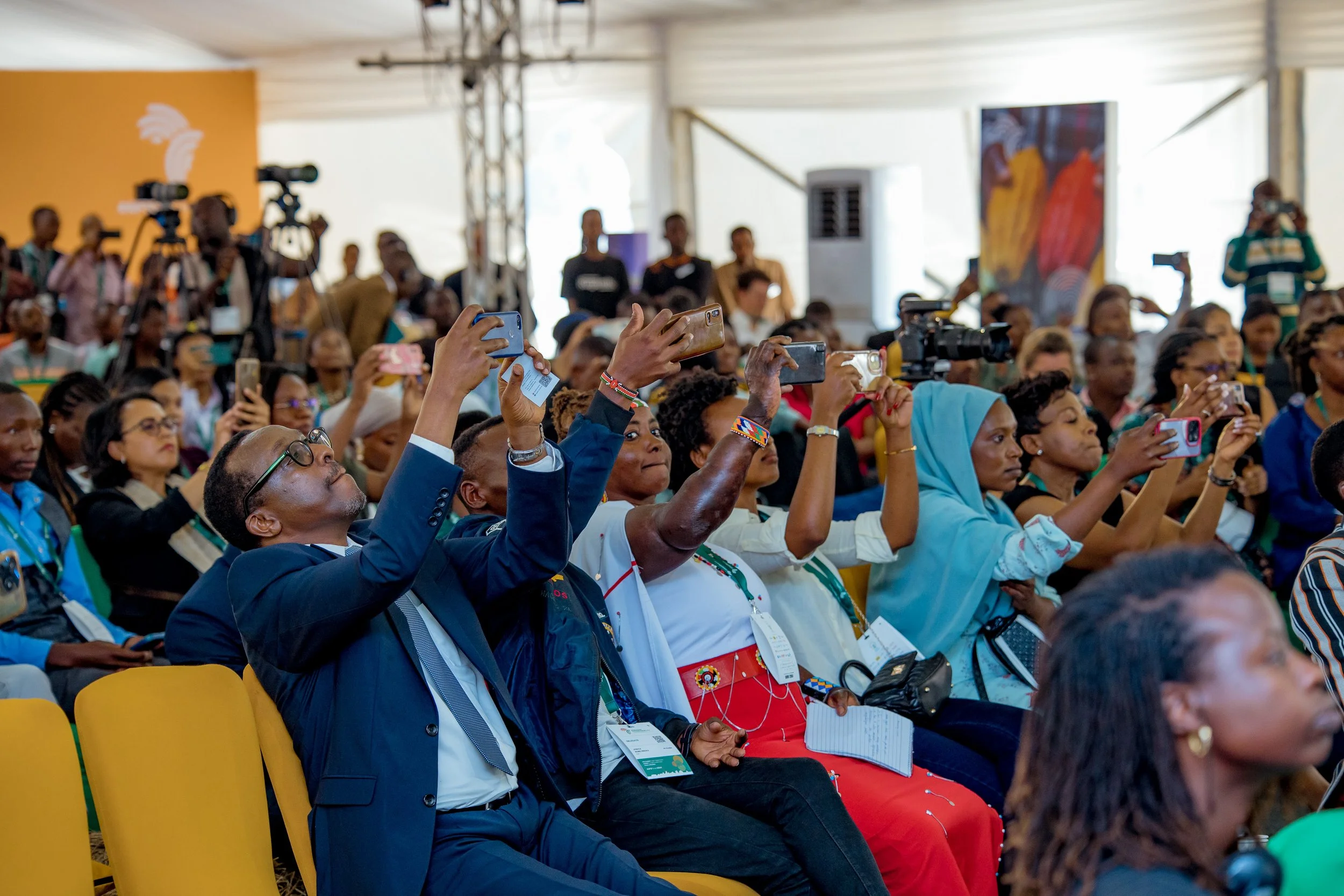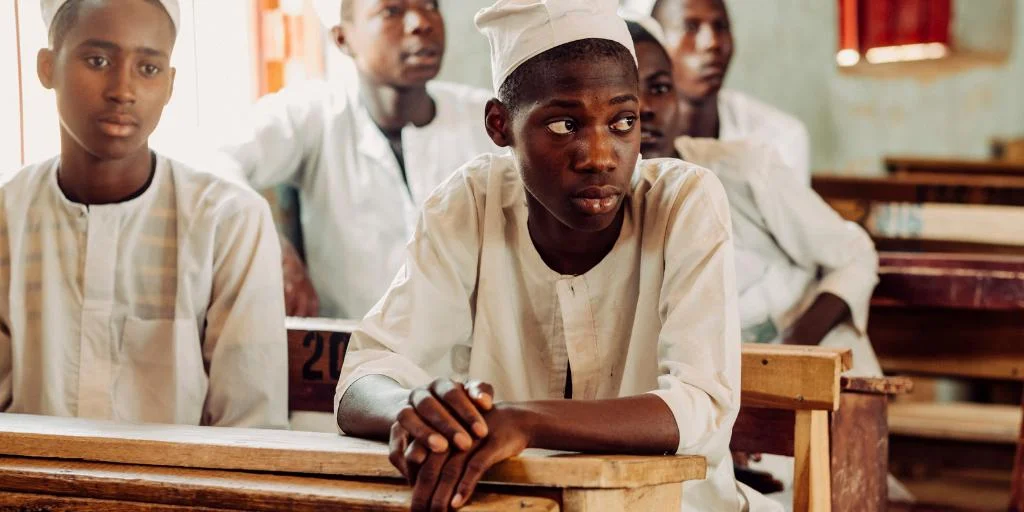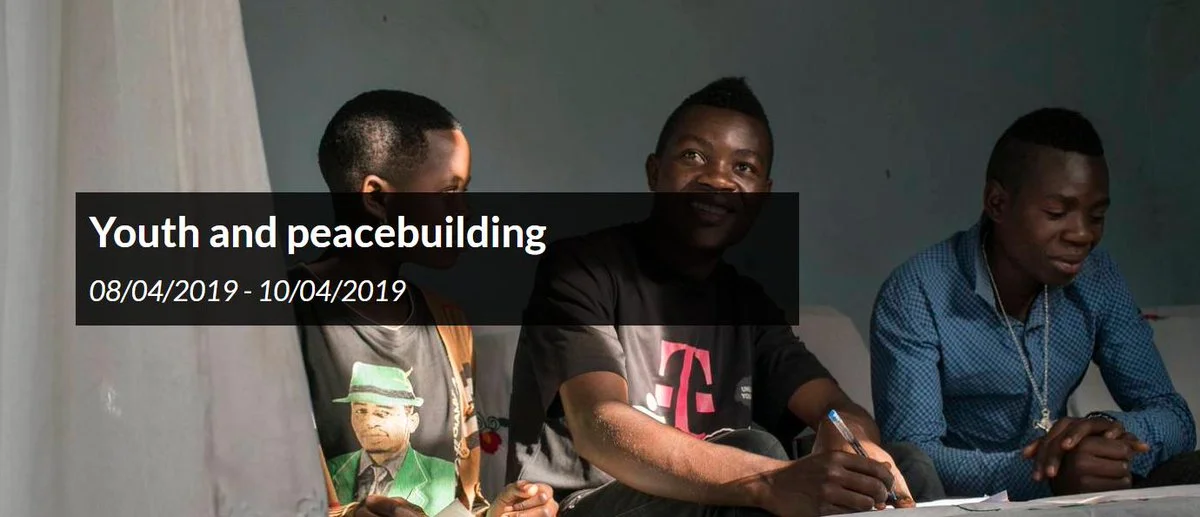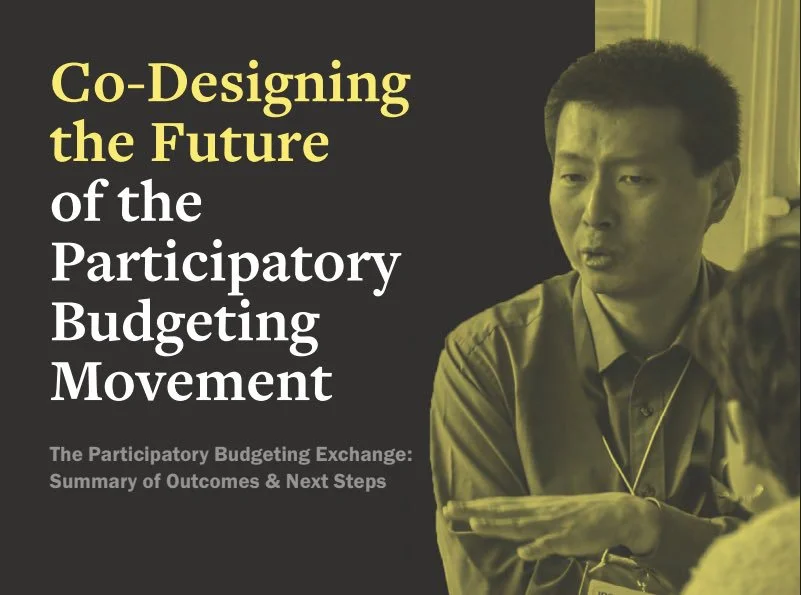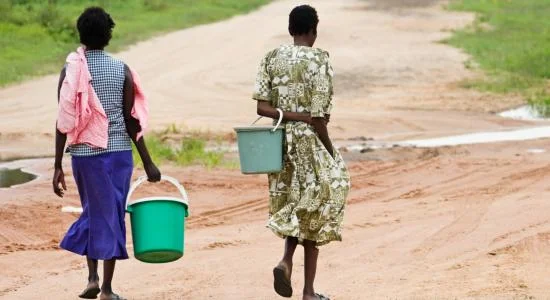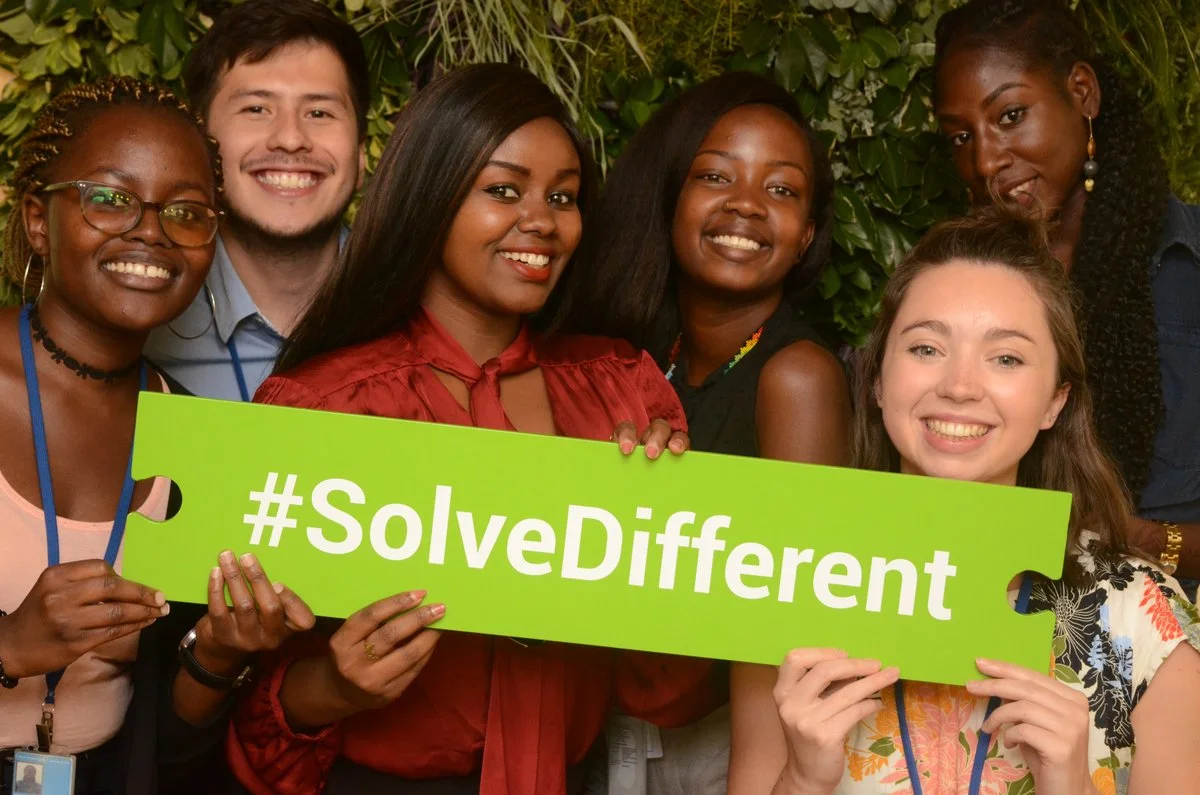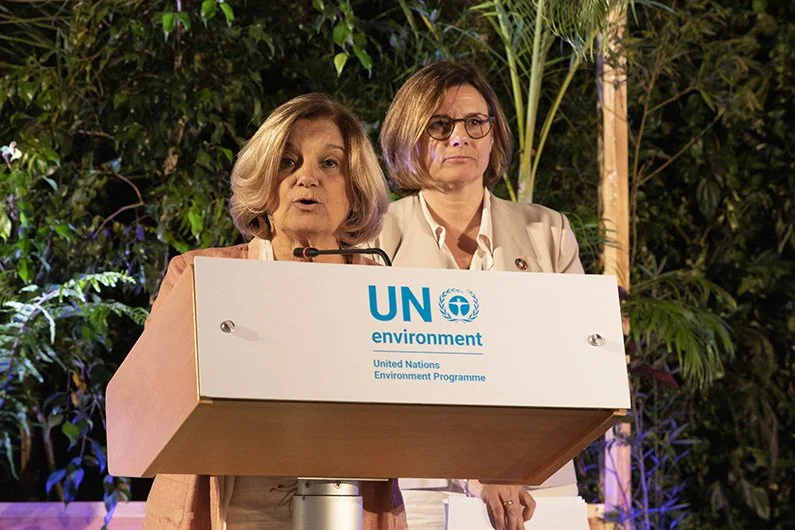Youth as a conceptual category are often perceived in negative ways – either as the main perpetrators of political violence, social unrest and violent extremism, or as passive victims of conflict who lack agency and need protection. In fact, the dominant narratives have tended to focus on youth as “problematic” or on “at risk” instead of considering how young people are positively contributing to peace in their societies (Mazzacurati, 2017).
These overly simplistic narratives that demonise or patronise youth have spread into policy circles, skewing policy and programmatic priorities in the process (Simpson, 2019) and contributing to counter-productive policy practices based on:

